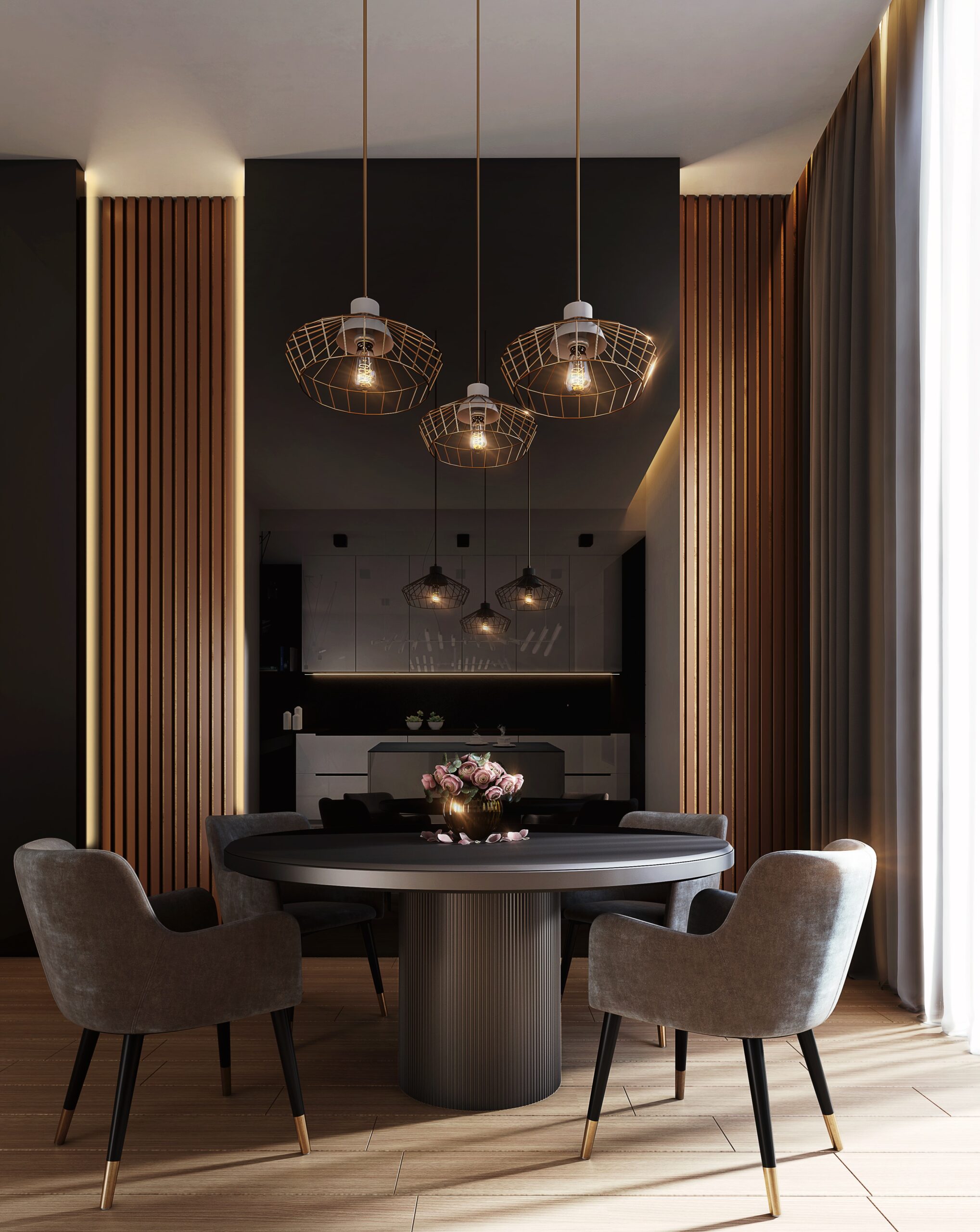
As an interior designer, you’re well aware of the importance of furniture in transforming a space into a functional and aesthetically pleasing environment. However, the process of furniture receiving can often be fraught with challenges that can disrupt your design projects. In this comprehensive guide, we’ll explore the five most common problems to look out for when dealing with furniture receiving and provide practical solutions to ensure your projects run smoothly.
- Delays in Delivery
The Impact of Delayed Furniture
One of the most prevalent challenges in furniture receiving is delays in delivery. These delays can result from a variety of reasons, including manufacturing issues, shipping problems, or even adverse weather conditions. When furniture arrives late, it can throw off your entire project timeline, leading to unhappy clients and potential financial setbacks.
Solution: Create a Detailed Timeline
To mitigate the impact of delayed furniture deliveries, it’s crucial to create a detailed project timeline that factors in potential delays. Work closely with your suppliers and manufacturers to set realistic delivery expectations. Additionally, keep clients informed about the possibility of delays and have backup plans in place to manage client expectations effectively.
2. Damaged or Defective Items
The Frustration of Damaged Furniture
Receiving furniture that’s damaged or defective can be a nightmare for interior designers. It not only disrupts your project but also tarnishes your reputation. Damaged furniture may require returns, replacements, or repairs, leading to added costs and project delays.
Solution: Thorough Inspection
The key to avoiding damaged or defective furniture is conducting thorough inspections upon receipt. Inspect each item for visible damage, defects, or missing components. Document any issues with clear photographs and detailed descriptions. Communicate promptly with the supplier to arrange for replacements or repairs, ensuring that your project stays on track.
3. Incorrect Orders
The Challenge of Incorrect Orders
Receiving furniture that doesn’t match the specifications of your order can lead to design discrepancies and client dissatisfaction. Incorrect orders may involve the wrong color, size, or style, forcing you to either return the items or make design adjustments.
Solution: Detailed Order Confirmations
Preventing incorrect orders starts with comprehensive order confirmations. Double-check all specifications and details with your suppliers before placing orders. Request written confirmations to ensure that both parties have a clear understanding of what’s expected. When furniture arrives, cross-reference it with your order confirmation to catch any discrepancies immediately.
4. Missing or Incomplete Deliveries
The Headache of Missing Items
Sometimes, furniture deliveries may arrive with missing or incomplete items. This can disrupt your entire project schedule, forcing you to wait for the missing pieces or source replacements, both of which can be time-consuming and costly.
Solution: Verify Inventory
Upon receiving a furniture delivery, immediately verify the inventory against your purchase order. Use packing lists and itemized invoices to ensure that all items are accounted for. If any items are missing or incomplete, contact the supplier right away to initiate the resolution process.
5. Poor Communication
The Importance of Effective Communication
Effective communication is vital in the furniture receiving process. Misunderstandings, lack of communication, or unclear expectations can lead to costly errors and project delays.
Solution: Establish Clear Communication Channels
Establish clear and open lines of communication with your suppliers and manufacturers. Regularly update and confirm delivery schedules, provide detailed instructions, and maintain a record of all communications. This proactive approach will help prevent misunderstandings and ensure that everyone involved in the project is on the same page.
Conclusion
Furniture receiving is a crucial aspect of interior design projects, and being prepared for common challenges is essential for success. By anticipating and addressing delays, inspecting items thoroughly, confirming orders, verifying inventory, and maintaining effective communication, you can minimize disruptions and ensure that your projects run smoothly.
Remember, meticulous attention to detail and proactive problem-solving are key to overcoming the challenges associated with furniture receiving. By implementing these strategies, you’ll be better equipped to deliver exceptional designs to your clients while maintaining your professional reputation.
Are you an interior designer seeking a reputable white glove delivery company to help you with furniture receiving, warehouse storage, and white glove delivery? Reach out to our dedicated team to help you create a delivery plan for your furniture and deliveries.




